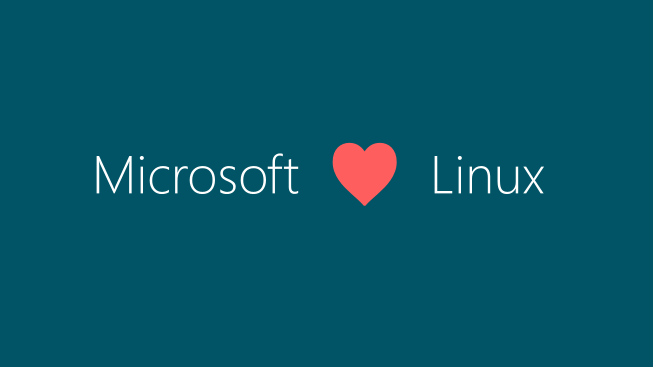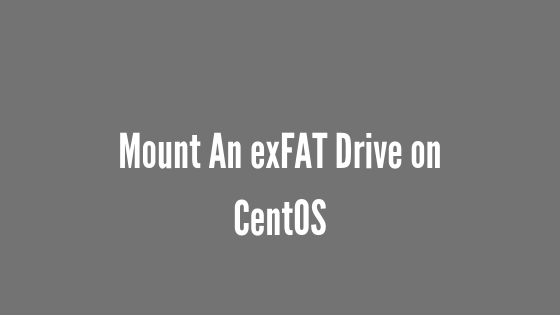Insight: Is This The Best Open Source Network Monitoring Tools For 2020
There are a number of network monitoring tools available in the marketplace. There are many open-source, cross-platform and premium tools available these days to ease the work process of the network administrator.
It’s up to you to decide which one is useful and the best open-source network monitoring tools for you.
Is This The Best Open Source Network Monitoring Tools For 2020. Cacti
Cacti is a complete frontend to RRDTool. RRDtool is the OpenSource industry standard, high-performance graphing system, and data logging too.
Some of the features of the Cacti are:
- Data sources can be created that utilize RRDTool’s “create” and “update” functions. Each data source can be used to gather local or remote data and placed on a graph.
- A PHP-based poller is provided to execute scripts, retrieve SNMP data, and update your RRD files.
- Automatic grouping of GPRINT graph items to AREA, STACK, and LINE[1-3] to allow for quick re-sequencing of graph items.
2. Zabbix
Zabbix is another opensource network monitoring tool. It’s enterprise-level monitoring software. It is a flexible monitoring tool that can be installed in Rapsbian, the Raspberry Pi version on Linux. Besides monitoring networks, It can be used to monitor servers, clouds, virtual machines, databases, and many more.
3. Icinga
Icinga is an open-source system and network monitoring application. Icinga was originally created as a fork of the Nagios in 2009. It does the monitoring of network services SMTP, POP3, HTTP, NNTP, ping, etc. It also monitors the server components like switches, routers, temperature, and humidity sensors.
4 Sensu
Sensu is an open source monitoring tool that monitors servers, applications, and services. It is written in Ruby and uses RabbitMQ or Redis to handle messages. Sensu can be the best option to monitor cloud infrastructure. Sensu is a user-friendly tool that can be integrated with many of the modern DevOps stacks like Slack, HipChat, PagerDuty, etc.
5 Nagios
It is also an enterprise-class open-source IT monitoring, network monitoring
Now, It’s up to you to decide which one is the best network monitoring tool for your need.



![Best Free NAS Software In 2022 [Linux & Windows]](https://itsubuntu.com/wp-content/uploads/2022/02/free-nas-server.jpg)

![How To Fix The dpkg Interrupted Error In Linux? [Updated]](https://itsubuntu.com/wp-content/uploads/2022/08/How-To-Fix-The-dpkg-Interrupted-Error-In-Linux.jpg)

